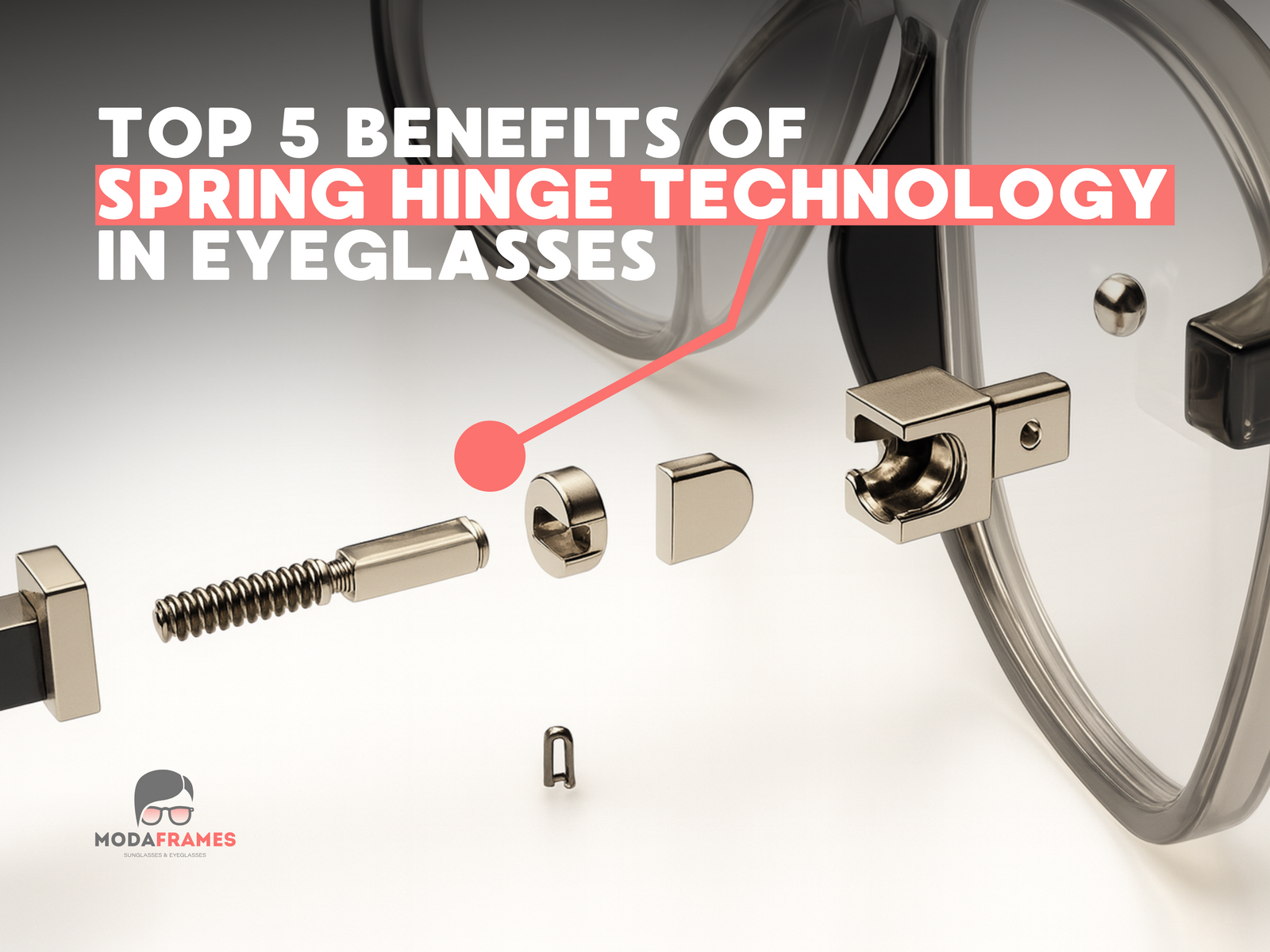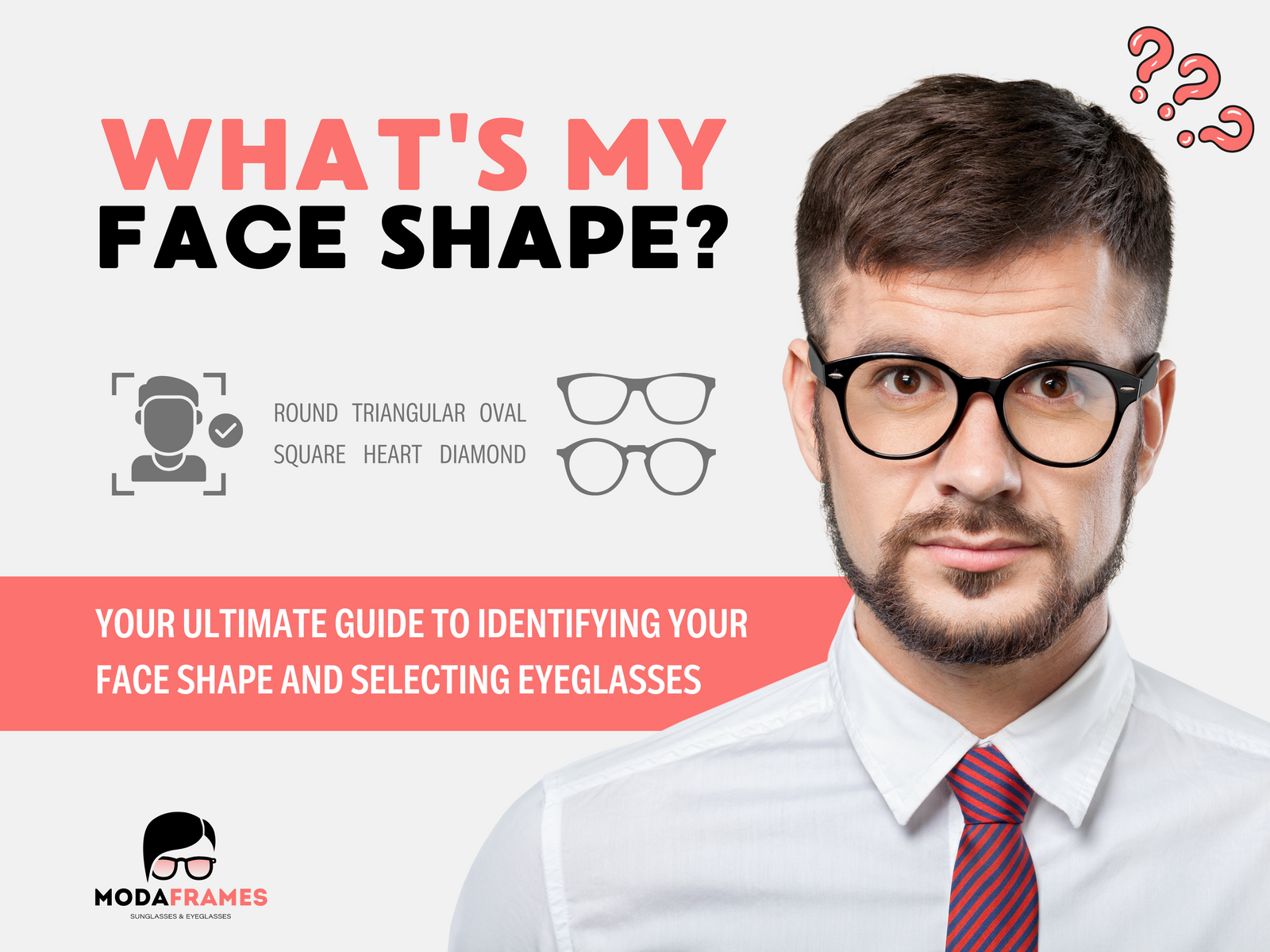The right kids’ eyewear blends safety, comfort, and confidence - because clear vision fuels big dreams.
Table of Contents
Introduction

Choosing your child's first pair of glasses is an exciting milestone - a blend of practicality, care, and style. The right pair can transform everyday moments, from reading and learning to playing and exploring, turning blurry experiences into clear, confident adventures. As a parent, you want to give them the best start - something durable, comfortable, and secure that they’ll actually love to wear.
To make this easier, here’s a step-by-step guide to understanding what matters most when selecting frames and lenses for your child. We’ll cover safety, comfort, lens materials, and common fitting mistakes - so you can turn a complicated purchase into a simple, thoughtful process to help your child see their world with clarity and style.
Consider this kids glasses guide your friendly roadmap for choosing kids glasses - packed with children's glasses tips on materials, lenses, fit, and everyday comfort.
Browse our curated kids eyeglasses collection to compare sizes, colors, and fits for every age.
1. The “Kid-Proof” Secret Is in the Frame Material

When you think “durable,” you might picture something hard and rigid. But for kids’ glasses, the opposite is often true. The most durable and child-friendly frames prioritize flexibility and resilience over stiffness. Materials designed to bend and bounce back - rather than crack - tend to be the safest choices for active children.
Look for frames that combine strong, flexible materials and components that absorb stress in motion. Flexible plastics and lightweight metal blends reduce the chance of breakage and help frames better handle playground tumbles and after-school adventures.
Pair this material with a crucial mechanical feature: spring hinges. These allow the temples to flex outward comfortably, which protects the frame against accidental pulls and improves long-term comfort. Spring hinges give you a better fit across growth spurts and everyday use, enhancing durability and safety for your child’s active life.
For more on hinge comfort and durability, see our guide: Top 5 Benefits of Spring Hinge Technology in Eyeglasses.
2. Lens Technology Matters More Than You Think

The frame gets all the attention, but the lenses are what do the real work. For children, lens safety and clarity are critical - especially for school, sports, and outdoor play. Two factors in kids’ lenses are non-negotiable: the material and the coatings.
- Lens Material: For children, the only recommended lens materials are Polycarbonate and Trivex. They’re highly impact-resistant and naturally block 100% of UV light, making them the safest everyday choice.
- Lens Coatings: An Anti-Reflective (AR) coating reduces glare, improves clarity for reading and screens, and makes lenses easier to clean. Scratch-resistant and hydrophobic coatings help protect your investment and keep vision sharp.
| Lens Material | Impact Safety | UV Protection | Best For |
|---|---|---|---|
| Polycarbonate | Excellent (very impact-resistant) | Built-in 100% UV | Active kids, everyday school |
| Trivex | Excellent (impact-resistant) | Built-in 100% UV | Young children, high-clarity needs |
| CR-39 | Lower | Requires UV coating | Not recommended for children |
Have lens questions? Visit our FAQ for parent-friendly answers on coatings, blue-light, and care.
3. The Golden Rule of Fit: Bigger Is Not Better

A great fit is not about going up a size for “room to grow.” Oversized frames can slip, tilt, or sit on the cheeks - causing discomfort and poor optical alignment. Well-fitted children’s glasses should keep pupils centered in the lens, sit securely on the bridge without pinching, and have temples that curve gently behind the ears without pressing.
Consider adjustable features like soft nose pads or keyhole bridges for smaller noses. Lightweight materials and balanced temple length reduce pressure points during all-day wear at school and at play.
Need help with proportions? Our face-shape explainer simplifies style choices: What Is My Face Shape? Choose the Right Glasses. These insights make how to choose glasses for child easier and a lot more fun.
4. For Sports and Active Play, Regular Glasses Are a Safety Risk

Even the most durable everyday frames aren’t designed for contact sports or fast-moving play. Sports goggles and safety-rated eyewear are built to disperse impact and stay in place through quick movements, protecting both the eyes and the frame.
If your child plays soccer, basketball, or rides a bike regularly, consider a dedicated sports pair with secure straps and impact-resistant lenses. This keeps their primary pair in great shape - and their vision protected—throughout the season.
5. There’s a Playbook for the Adjustment Period

Some children take to glasses immediately; others need time. Start with short, consistent wear at home during calm activities - like reading or drawing - then gradually increase to school and sports. Positive reinforcement helps, and a favorite color or playful detail on the frame can make a big difference.
If your child resists wearing glasses, check for red marks, slipping, or headaches - signs the fit may need adjusting. Small tweaks can transform comfort and compliance. Don’t hesitate to consult an optician.
Ordering online is simple: check our Shipping Policy and Return & Refund Policy. For playful shapes and colors, browse Boys and Girls eyeglasses. This makes how to choose glasses for children and try-at-home routines less stressful.
Conclusion
Choosing kids’ glasses doesn’t have to feel overwhelming. Focus on three essentials: flexible, kid-proof frames; impact-resistant Polycarbonate or Trivex lenses; and a comfortable, secure fit. With these in place, your child gets clear vision, real-world durability, and a style they’ll want to wear.
Use this kids glasses guide as your checklist for choosing kids glasses - and enjoy the confidence that comes with seeing the world clearly.
Strong, flexible frames + impact-resistant lenses + a confident fit = everyday success for little eyes.
Parents often ask for a durable starter frame. Try a kid-friendly style like Elite Eyewear 765—lightweight, colorful, and made for school days.
Shop Kids’ Picks
Explore parent-approved choices inspired by this guide:
Frequently Asked Questions
What is the best and safest lens material for kids' glasses?
Polycarbonate or Trivex. Both are highly impact-resistant and provide 100% UV protection, making them safe for daily wear and active play.
How should kids' glasses fit on their face?
Pupils should be centered in the lenses; frames shouldn’t touch the cheeks; the bridge should be secure without pinching; and temples should curve comfortably behind the ears without being too long or tight.
My child has a very small nose. What bridge should I look for?
Choose frames with soft adjustable nose pads or a keyhole bridge for small noses. A good bridge fit sits without gaps and won’t pinch.
Are expensive brand-name glasses always more durable?
Not necessarily. Flexible, kid-proof materials with spring hinges are often more durable for active kids than rigid designer frames.
What if my child refuses to wear their new glasses?
Start with short, positive wear sessions at home, check for fit issues, and talk to an optician if discomfort persists - comfort is key to compliance.
How should we clean coated lenses safely?
Use lukewarm water, a drop of mild soap, and a microfiber cloth. Avoid paper towels or clothing - they can scratch lenses and damage coatings.
Do we need a backup pair?
Yes - especially for active children. A spare ensures clear vision during repairs and reduces stress during busy school weeks.
Do photochromic lenses provide enough sun protection for kids?
Photochromic lenses offer convenient light adaptation and UV protection. They’re a smart option for children moving frequently between indoors and outdoors.
Is buying kids' glasses online safe?
Yes, if you have a current prescription and accurate measurements. Order from trusted retailers and have an optician verify the prescription and fit.
Can my child wear regular glasses for sports?
No. Use sport-specific eyewear that meets ASTM F803 standards with polycarbonate or Trivex lenses for proper impact protection.




